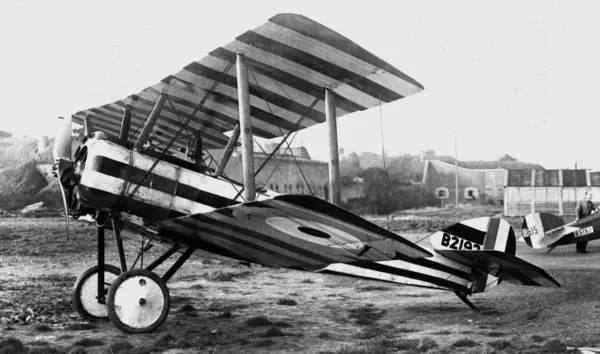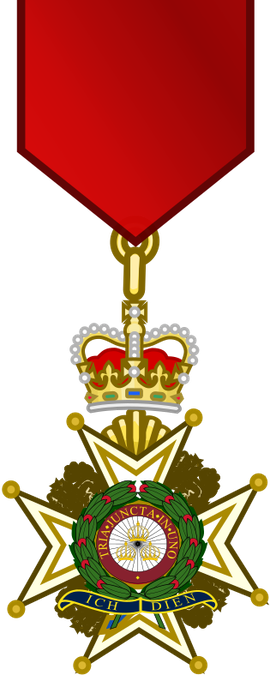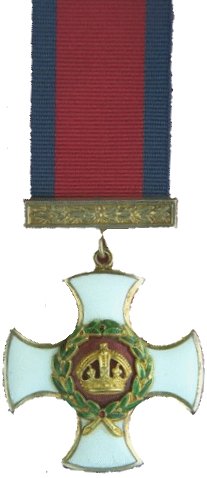Kerby, Harold Spencer (Air Vice Marshall, RCAF)
Survived 1917-August
Service
RAF
Unit
3 (F) Wing- Wing (RNAS)
Base
France
Rank
Air Vice Marshall, RCAF
Position
pilot
Service Numbers
Home
Crew or Other Personnel
Pup N6440
Pup serial: N6440

The Sopwith Pup quickly became a favourite with pilots of the Royal Naval Air Service (RNAS). It was superior to the Fokker D.III and more than a match for any of the new Halberstadt and Albatros scouts.
Armed with a single synchronous machine gun, it was lighter and less dangerous than its successor, the Sopwith Camel. Although underpowered, pilots liked the plane because it was maneuverable and fast. It could climb and hold its altitude better than any other fighter. In August 1917, the Sopwith Pup was the first aircraft to land aboard a moving ship, the Royal Navy's H.M.S. Furious. Canadian crews saw service with Sopwith Pups while attached to the Royal Naval Air Service.
At least three Sopwith Pups were also allocated to No. 1 (Fighter) Squadron of the Canadian Air Force (CAF) at Shoreham-by-the-Sea in the UK in 1918 likely as proficiency trainers. No. 1 (CAF) Squadron had Sopwith Dolphin and Royal Aircraft Factory S.E.5a's on strength as the primary fighter aircraft. Kestrel Publications
I have looked up the booklet that is all I have on the Sopwith Pup. There is a brief list of the serial numbers, And all I can tell is that B5333 and B5348 were built at Whitehead Aircraft, Richmond as part of the series B5251-B5400. None of the serials B4158, B4148, B4338 that you asked about seem to be valid according to the list that I have here (no serials from any of the producing factories begin with B4).



